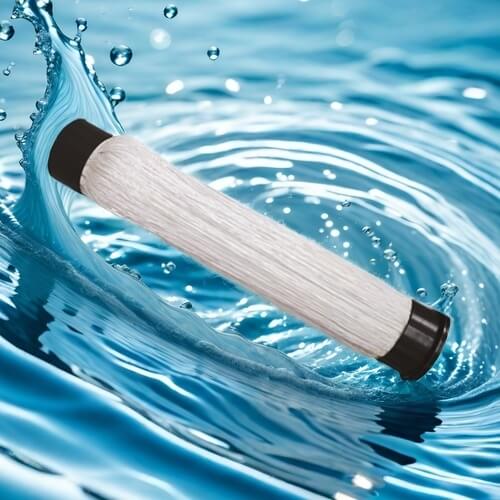What is the impact of COD and SS in the selection of sewage treatment technology?
In the sewage treatment process, COD (chemical oxygen demand) and SS (suspended solids) are two key water quality indicators, which play an important role in technology selection and treatment effect evaluation. Understanding the impact of these two indicators will help optimize the sewage treatment process, improve treatment efficiency and effluent quality.
Basic concepts of COD and SS
COD: refers to the amount of oxygen required to oxidize organic matter in sewage under specific conditions using strong oxidation. The COD value reflects the degree of organic pollution in water and is usually used to evaluate the organic load in sewage.
SS: refers to solid particulate matter suspended in water, including silt, plant residues and microorganisms. The concentration of SS affects the turbidity and ecological health of the water body.
The impact of COD and SS in the selection of sewage treatment technology
1. Influence on the selection of treatment process
High COD wastewater: For wastewater with higher COD values, more efficient treatment technologies are usually required, such as aerobic digestion, aerobic biological treatment or advanced oxidation technology. These methods can effectively reduce organic pollutants and meet emission standards.
High SS wastewater: If the concentration of suspended solids in wastewater is high, it is necessary to add unloading steps such as sedimentation or filtration during the treatment process to remove solid particles, prevent subsequent equipment from clogging and reduce treatment efficiency.

2. Evaluated treatment effect
Removal rate calculation: By monitoring the COD and SS values of the inlet and outlet water, the removal rate of the sewage treatment facility can be calculated. This data is an important basis for evaluating the treatment effect. For example, if the inlet COD is 600mg/L and the outlet COD is 50mg/L, it accounts for 91.67%.
Process optimization: According to the changes in COD and SS, the sewage treatment process can be adjusted in real time. For example, when it is found that the outlet COD increases, the aeration time can be increased or the dosage of the agent can be adjusted to improve efficiency.
3. Environmental impact analysis
Ecological health: High COD and SS will have a negative impact on the receiving water body, such as reducing dissolved oxygen and affecting light transmittance. Therefore, when selecting sewage treatment technology, it is necessary to consider the long-term impact on the environment to ensure that the effluent meets ecological requirements.
Compliance with regulations: Different regions have different emission standards for COD and SS. When choosing a sewage treatment technology, it is necessary to ensure that the selected solution can meet local environmental regulations, local legal responsibilities and economic losses.
Conclusion
In the selection of sewage treatment technology, COD and SS are important indicators that cannot be ignored. They not only affect the specific treatment process, but also the final effluent quality and pollutants. Through scientific and reasonable monitoring and management of these two indicators, sewage treatment can effectively improve operating efficiency and achieve the goal of sustainable development of facilities. Therefore, aquaculture, industrial and urban sewage treatment units should pay attention to these two indicators to optimize their sewage treatment systems.
